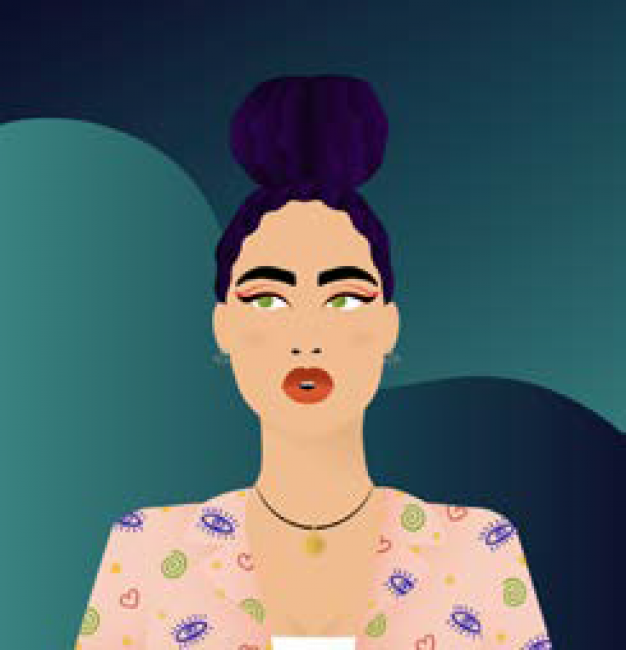CMBARCE
“When you learn to appreciate art for what it is, it does not need utility.”

In 2013, ‘C’ heard about Bitcoin. Looking around the space, ‘C’ “ran into Ethereum’s white paper and was sold on the idea after reading just four pages.” ‘C’ got in on the initial coin offering (ICO) in 2014. Since then, she’s become a proponent of crypto, NFTs, blockchain, smart contracts, and decentralization, supporting the full vision of web3.
She was initially skeptical about NFTs, but this changed when she heard an interview by bonafidehan.eth. When he was explaining generative art, specifically ‘Fidenzas’ by Tyler Hobbs. This was the beginning of her journey into NFTs. Like everyone else, she joined the PFP craze, but her focus shifted to other forms of expression, like 1/1 art. “When you learn to appreciate art for what it is, it doesn’t need utility. There’s so much talent out there; so many up-and-coming artists.” Her collection on SuperRare, Foundation, and OpenSea is eclectic, broad, and rich – a true showcase of what the blockchain has to offer art lovers.

‘C’ doesn’t regard herself as an art connoisseur but has done extensive research, particularly into the history and techniques of photography. “A lightbulb just hits; you start opening your mind to different styles,” which led ‘C’ to buy what she considers to be one of Bourdin’s grails, the ‘Ad Campaign 1976.’
‘C’ pays attention to tweets and retweets from artists she follows and says it’s one of many tools used in the discovery process of future acquisitions. “Who better than trusted artists to curate pieces of art?” ‘C’ realizes there are many galleries and curated platforms in the space, but she prefers buying directly from artists as it helps create a deeper connection with them and emphasizes independent ownership. She purchases art that she likes, “if a piece really speaks to me and I connect with it, I buy it.”

‘C’ says of the current NFT climate: “It is tough for artists right now, and a lot of them have been criticized for editions. I think we have to take a step back and realize that many do this for a living. Editions create traction, expand collector reach, and generate sources of income that artists would not otherwise receive.”

Lastly, ‘C’ believes that the ecosystem could improve on two fronts amongst others: “1) we need a functional and reliable marketplace for secondary sales. 2) Estate planning for collections that start increasing in value. None of the above currently exists. At least none that I am aware of. The future is bright, and it will come with time. As the saying goes, ‘we are still early.’”

